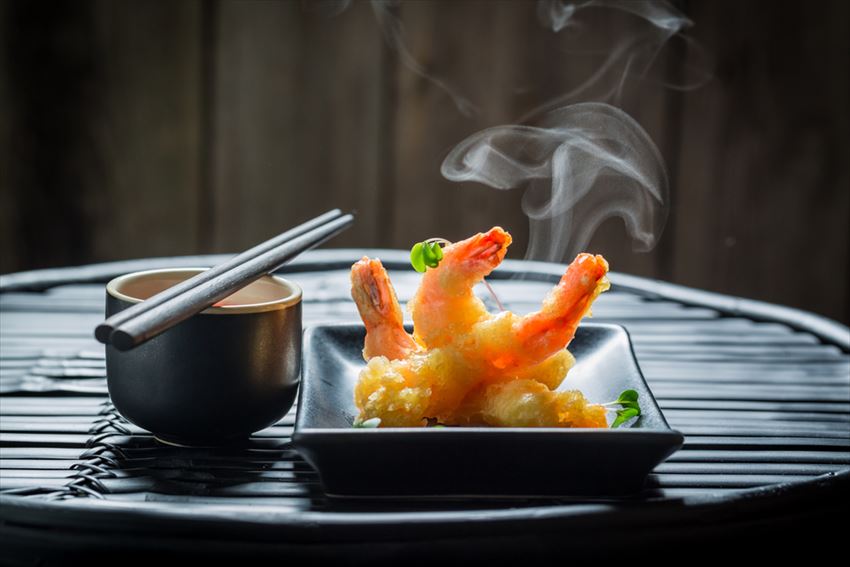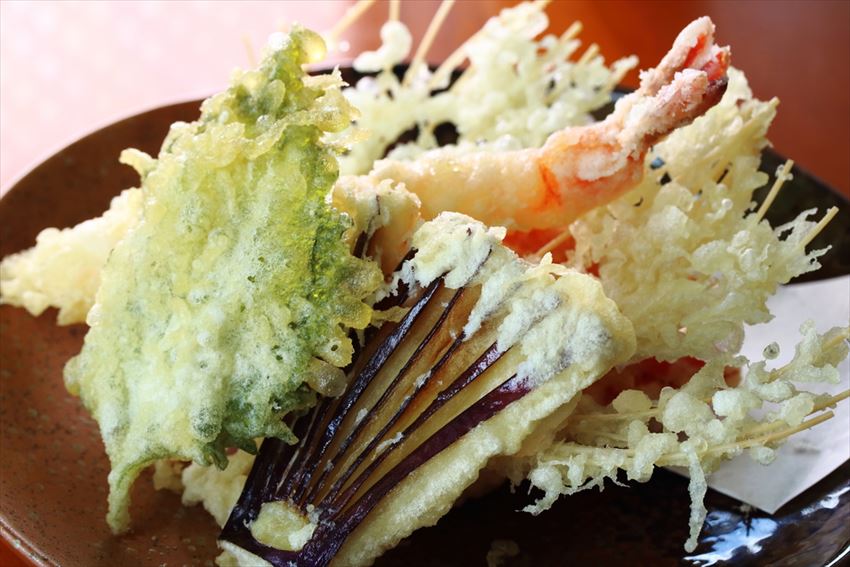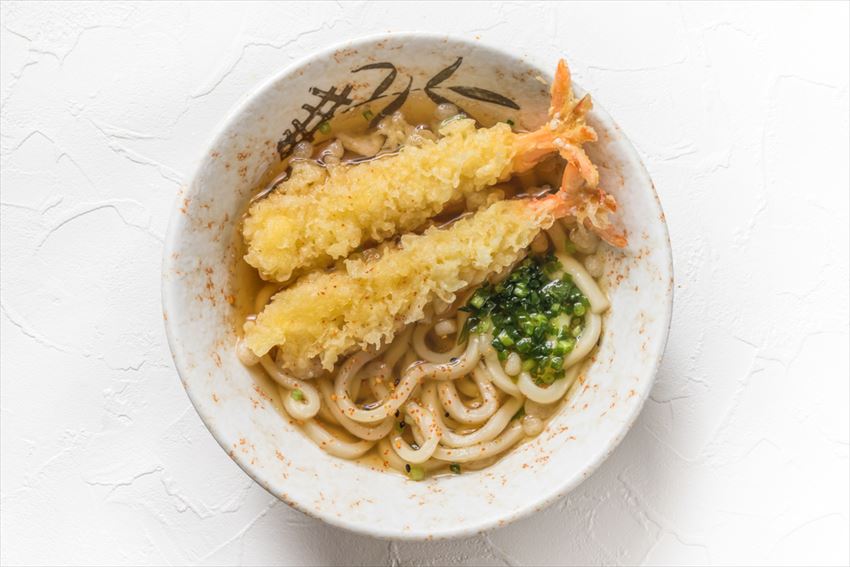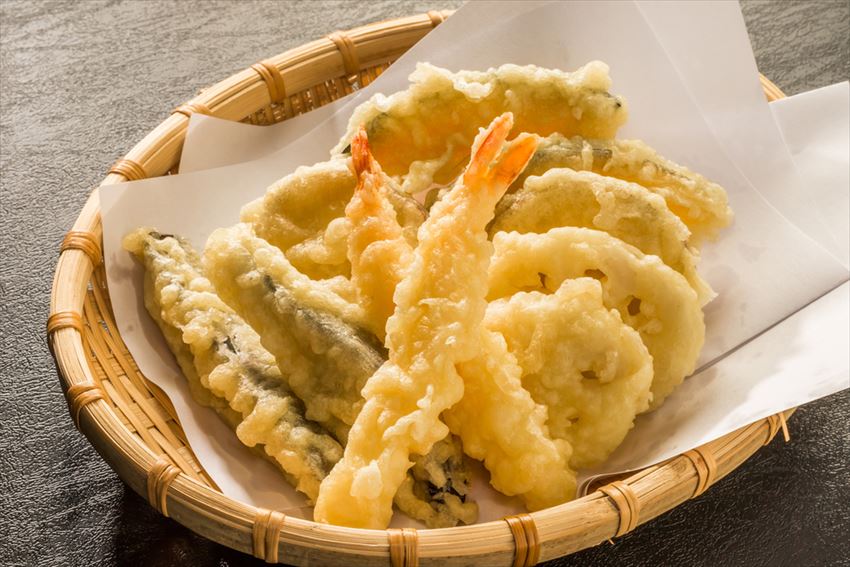When travelling to another country, one of the most enjoyable parts of the experience is trying new foods. Japan is certainly no exception to this, and many people say that Japanese cuisine is some of the best in the world. That said, it can also be one of the most difficult to navigate, especially if you don’t speak Japanese.
It is also a myth that the only thing to eat in Japan is sushi, and you will find a huge range of dishes here that include all the major food groups. One of the most popular is dishes in Japan is called tempura, but what is it exactly and how should it be eaten?
Here is everything you need to know about eating tempura...
What is Tempura?
Tempura is a dish that is made up of various ingredients that have been dipped in batter and fried. This means that tempura could be described as similar to fried dishes in other countries like fritters, although the batter used is usually much lighter and crispy.

How did Tempura originate in Japan?
Tempura is considered one of the quintessential Japanese dishes, which is interesting as the word itself is not particularly Japanese. It is thought to have originated from the Portuguese word for cooking which is ‘tempero’, and would have been introduced to Japan when Portuguese missionaries first came to the island.
What ingredients are used?
The batter used to make tempura is made of water, flour, and eggs and the ingredients that are dipped in it can vary. The kinds of ingredients used in tempura are different across Japan depending on the area and the season, although usually you will find plants, vegetables, seafood like squid or shrimp, and small fish like whiting. Typical kinds of tempura include:
Nasu- eggplant
Ebi- shrimp
Kabocha- Japanese winter squash
Ika- squid

How is tempura usually served?
Tempura is always accompanied with a sauce in which to dip the fried ingredients which is call ‘ten-tsuyu’. The sauce is made from dashi (a kind of stock) to which soy sauce is added as well as traditional Japanese rice wine called ‘mirin’. You will often also find that ginger or daikon radish is grated into the sauce which gives it a little bit of a peppery kick which is also thought to cleanse the palate.
Sometimes the daikon and ginger may be served separately. In that case just add it to the sauce yourself and stir it in gently before you start to eat the tempura. Then dip each piece of tempura in the sauce before eating.
How else can you eat tempura?
You can eat tempura on its own, although it is also common to eat it with other dishes. Some of these include Ten-don which is a rice bowl that is topped with pieces of tempura that are then drizzled in dashi, mirin, and soy sauce. Another popular tempura dish is Ten-Soba which uses buckwheat noodles to which pieces of tempura are added. There are also variations of this that use udon noodles instead of soba noodles.

How do you eat tempura?
You might think that you can just dig in, but actually the order in which you eat tempura is very important. In most tempura restaurants, the dish is presented to you in the order in which you should eat it. This means that the items closest to the front of the plate should be eaten first and that you should work your way through these to the back of the plate in order.
Usually you will find that the plate has lighter foods at the front like crisp vegetables and edible plants, and that the heavier ingredients are placed towards the back, and are usually seafood and fish based. You don’t have to eat them in this order of course, but it is recommended as this is thought to be the best way to appreciate each ingredient at its best.
One of the most important things to keep in mind when eating tempura is that timing is crucial in order to fully enjoy this dish. The batter can go soggy if you leave it for too long before biting in and with that in mind, you need to order your tempura right before you want to eat it. That way you will get it fresh from the fryer when it is at its most crunchy and delicious.

Is there any special etiquette when eating tempura?
You don’t have to eat each piece of tempura in a single bite, but you also need to be aware of the etiquette when eating each ingredient. If you can’t eat the whole piece, you should bite it in half but you should try not to place it back on the plate in front of you. Simply bite off a piece and hold the rest using chopsticks. When you have finished the first piece, continue eating the rest.
Comments